Australian Wagyu Beef: Complete Foodie Guide for 2025
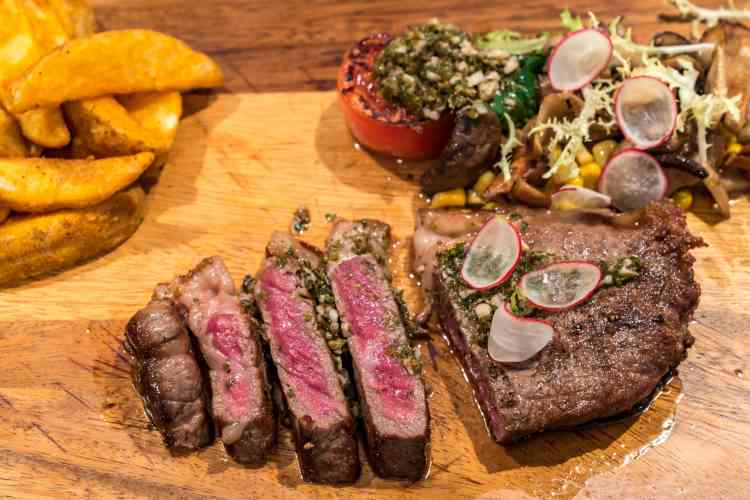
When it comes to high quality meat, Australian wagyu is some of the best available. A favorite among chefs in luxury restaurants and home cooks alike, this beef variety is flavorful and tender, making for an unforgettable meal. This delectable variety has connections to Japanese wagyu, which is often considered the best quality of beef available to buy. Though it has a connection, Australian wagyu has its own distinct characteristics that makes it a favorite for meat lovers.
For your next special night out, you may treat yourself to a prime cut of Australian wagyu beef. Or take cooking classes in NYC or cooking classes in New Orleans, where world-class chefs will teach you how to prepare the meat like a professional. Or maybe you’ll be inspired to prepare your own Australian wagyu beef at home after taking cooking classes near you.
Whatever your reason for trying this delicious brand of wagyu, we’ve created a guide to Australian wagyu beef to help you identify the right cut for your meal.
Jump to Section
- What Is Australian Wagyu Beef?
- Australian Wagyu Grading System
- Taste of Australian Wagyu
- How Much Does Australian Wagyu Cost?
- Australian Wagyu vs. Japanese Wagyu
- Buying Australian Wagyu
What Is Australian Wagyu Beef?
Of all the varieties of red meat, wagyu beef is considered among the most luxurious. The meat comes from one of four breeds of Japanese cows that naturally creates superior marbling, which influences the texture and taste of the steak. This breed metabolizes fat differently than other breeds of cows. Their bodies naturally metabolize fat in a way that integrates it into the muscle. This is why cuts of wagyu beef have unique marbling throughout, while other cuts of meat have more fat on the outside of the cut.
Australian wagyu is similar to the Japanese variety. The first Japanese wagyu cattle were brought to Australia in 1997, so there is a genetic link between the two varieties. However, there is a slight difference in the way the two are raised. In particular, an Australian wagyu cow tends to be raised on a diet of grain and hay. The diet administered by Australian cattle farmers leads to a cut that’s leaner with a little less marbling than the traditional Japanese wagyu steaks.
Less marbling means the meat has a beefier flavor and is less rich than the Japanese counterpart. Australian wagyu also tends to be thicker because it has a lower fat content. However, that doesn’t diminish the overall quality or luxury of this cut of meat. While Japanese wagyu is considered the top standard, Australian wagyu is a very close second.
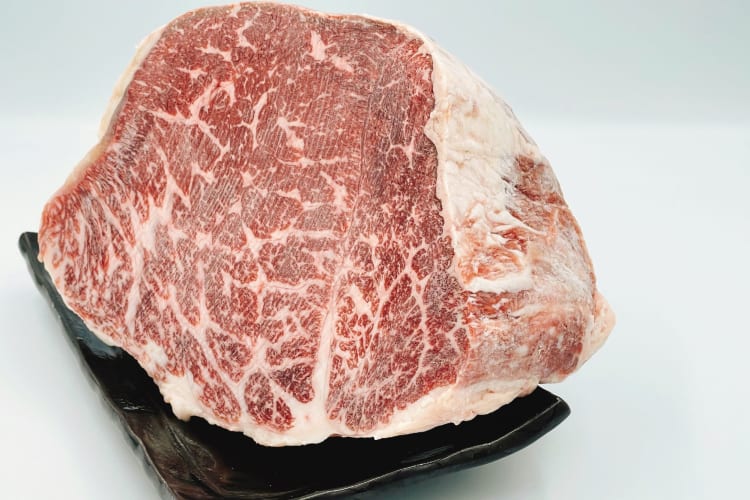
Australian Wagyu Grading System
All cuts of Australian wagyu are graded on a system set by Meat Standards Australia (MSA), which is regulated by Meat and Livestock Australia (MLA). There are two scales that Australian wagyu can be graded on: the Beef Marbling Scale (BMS) and the MSA scale.
The BMS scale measures the quality and amount of marbling of meat, which has a direct link to the flavor and tenderness of the cut. On the BMS scale, Australian wagyu can fall between 1 and 9, with 9 being the most marbled. A rating of 8 or 9 on this scale for Australian wagyu would be equivalent to Japanese A5 wagyu. A5 is the highest quality and makes up 1% of total wagyu production, making Australian A5 wagyu a rarity.
The MSA scale ranges from 100 to 1190; 100 means “no intramuscular fat,” while 1190 means “extreme amounts of intramuscular fat.” The MSA also grades each cut on meat color, fat depth, carcass weight, pH and maturity.
When it comes to Australian wagyu, there’s also a question of tracing the lineage to ensure authenticity of the breed. Australian wagyu often falls in one of two categories: full-blooded and purebred. Full-blooded Australian wagyu beef is able to be traced to Japanese wagyu herds and has no signs of crossbreeding. This means the lineage is 100% Japanese wagyu with forebears that have originated from Japan.
Purebred wagyu, however, isn’t 100% Japanese but must have more than 93.75% Japanese wagyu genetics to be considered purebred.
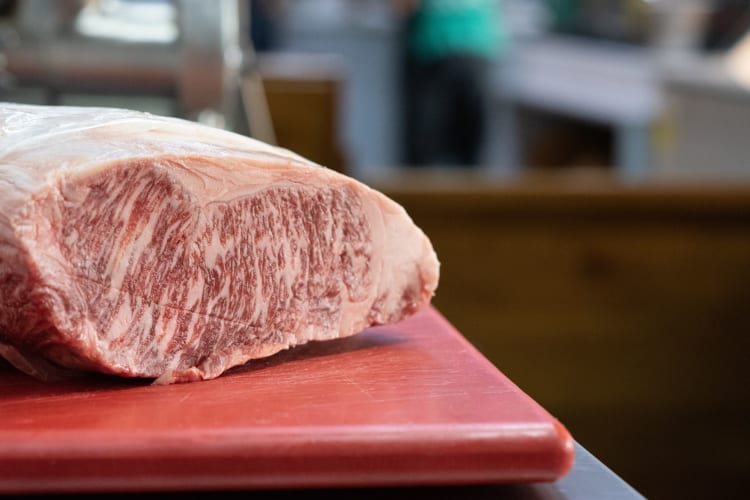
Taste of Australian Wagyu
Wagyu in Australia retains many of the characteristics of its Japanese counterpart. But because of the diet of the Australian wagyu cow, the cuts have less fat, resulting in a milder flavor with a little less richness. It’s still rich in flavor thanks to the marbling but has more of the beefy flavor that most meat eaters are used to. It pairs well with traditional steak dinner sides such as potatoes, roasted vegetables and red wine.
The cuts are still tender with a texture that won’t require too much chewing. However, it doesn’t quite have the melt-on-your-tongue tenderness that cuts of higher fat content tend to have. The taste and tenderness of wagyu beef in Australia tends to be more preferred by Western palates and easier to eat as a meal.
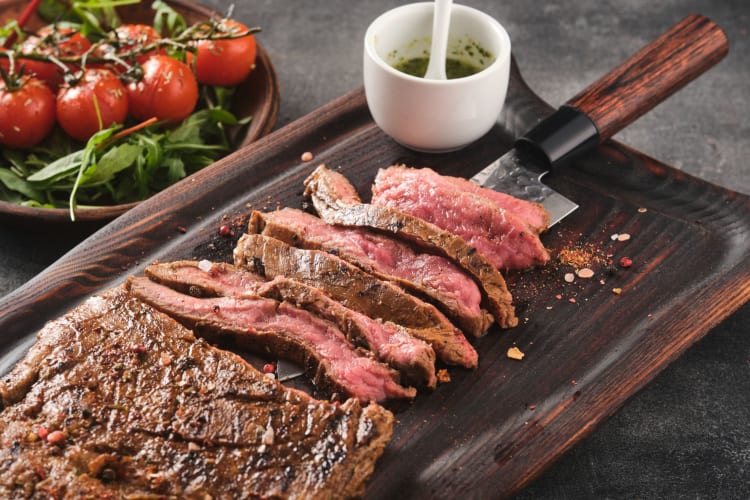
How Much Does Australian Wagyu Cost?
The cost of Australian wagyu is affected by the quality grade of the meat, the cut of steak and the butcher selling it. In general, you’ll find an Australian wagyu beef filet mignon of BMS 8 or 9 starting around $160 per pound.
$25 Off Your First Order with Email Signup at HolyGrailSteak.com!
Australian Wagyu vs. Japanese Wagyu
-
Cows’ Diet: Australian and Japanese Wagyu cows both eat diets of high fat and high carbohydrates, including white rice, grains, beans and even beer or sake. They’re also able to graze in open fields of the farms they’re raised on.
-
Price: Australian wagyu beef is generally less expensive than Japanese wagyu beef. It's no secret that Japanese wagyu is expensive, ranging between $250 and $500 per pound, on average.
-
Marbling: Japanese wagyu has more marbling than the Australian variety.
-
Flavor: Australian wagyu has a meatier or beefier flavor, but still retains the rich and tender flavor and texture that makes wagyu sought after.
-
Best Cooking Methods: Both Australian wagyu and Japanese wagyu make great steaks for pan searing and grilling.
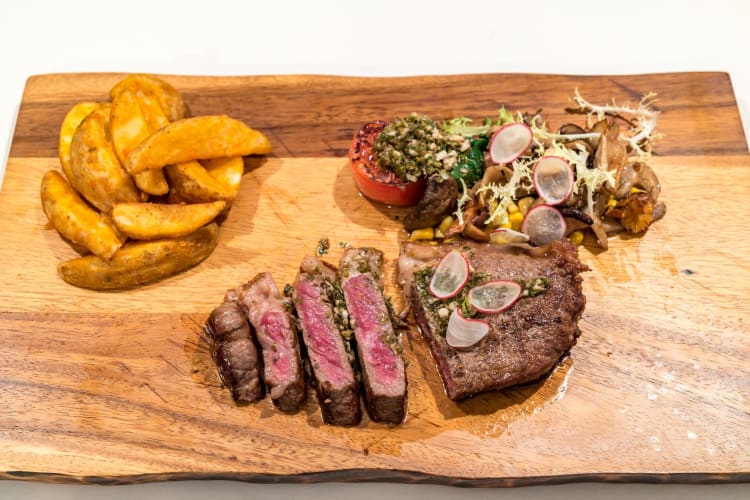
Buying Australian Wagyu
You don’t have to take a trip to Australia to buy their wagyu steak. Luxury local butchers may have cuts of the meat, but if you aren’t able to find any around you, you are able to buy online. Holy Grail Steak has a collection of Carrara Australian wagyu beef that boasts 100% Japanese cattle lineage and intense, beautiful marbling that will get you as close to Japanese wagyu as possible. The steaks will come right to your door to use for a special-occasion dinner or online cooking class.
When buying Australian wagyu beef online, you’ll want to have an idea of the dish you want to cook or how you want to prepare your steak, as that can influence the kind of cut you purchase.
Shop the World's Most Exclusive Collection of Wagyu & Kobe Beef
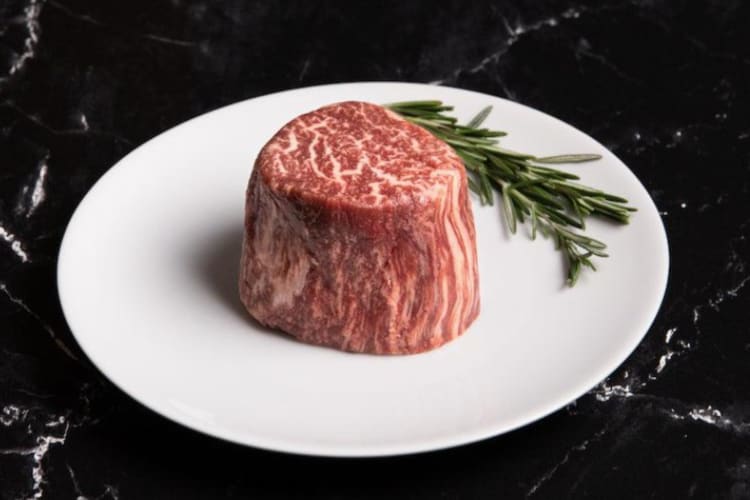
Australian wagyu beef retains many of the best qualities of Japanese wagyu beef, along with some characteristics that are more sought after for the majority of meat lovers. The rigorous standards that all wagyu must be held to ensure a delicious and quality product that always promises a luxurious meal.
For even more ways to explore your favorite foods, check out other experiences happening on Cozymeal.



FOOD FOR THOUGHT?
Join the conversation.